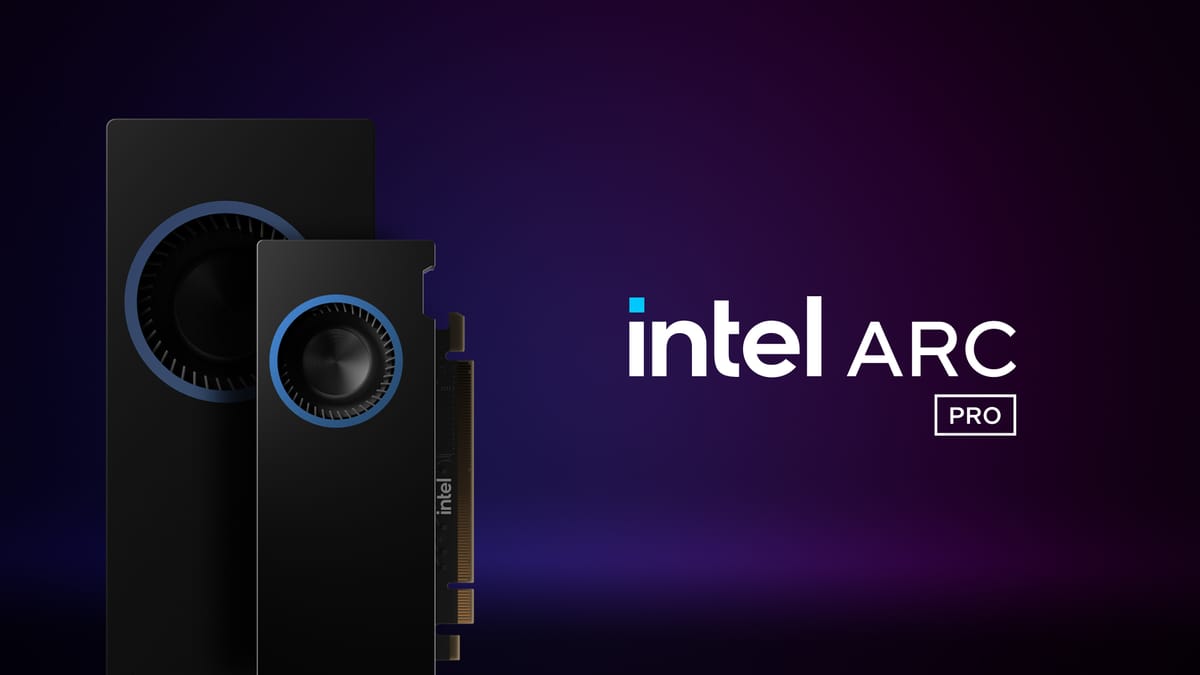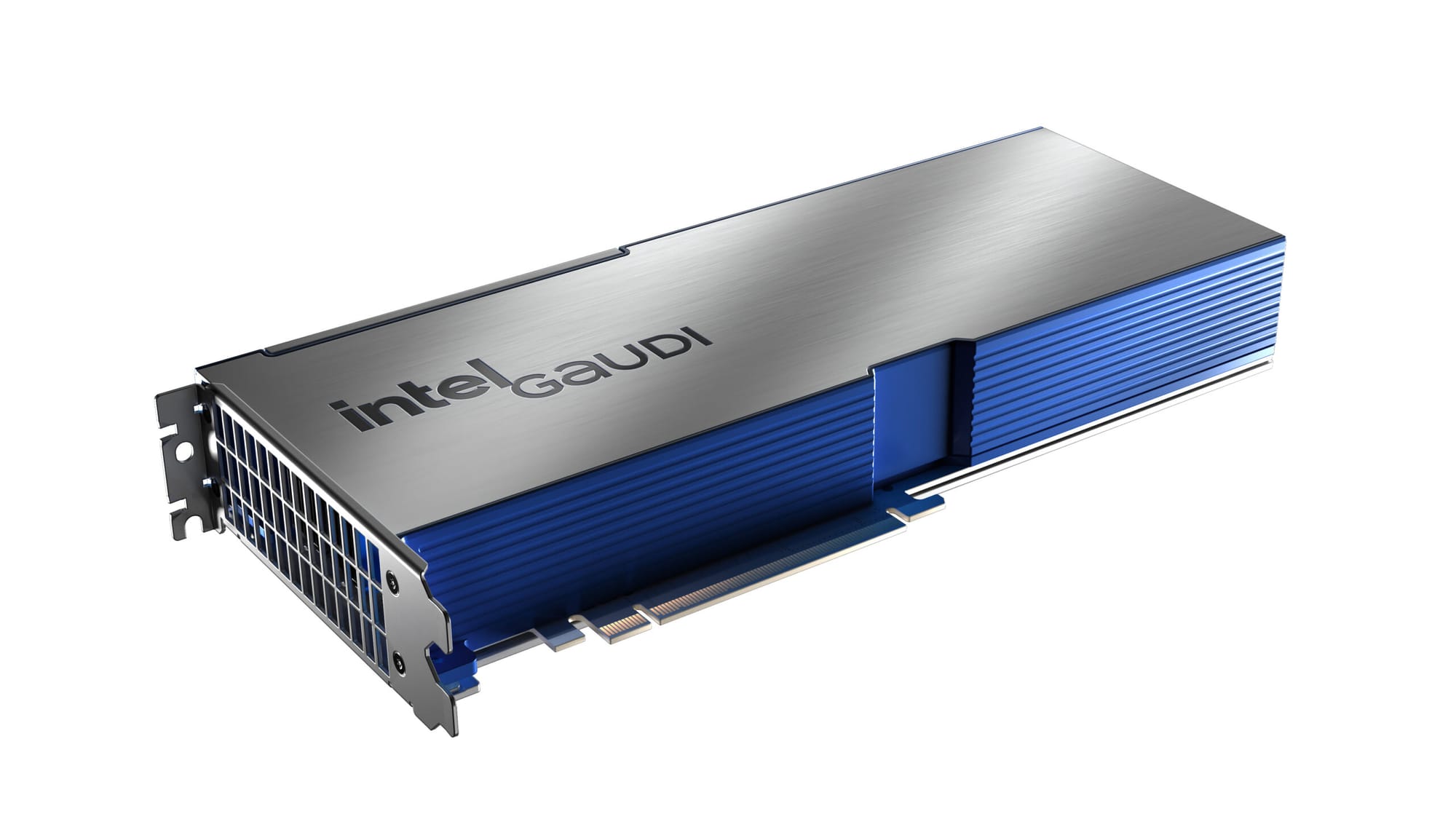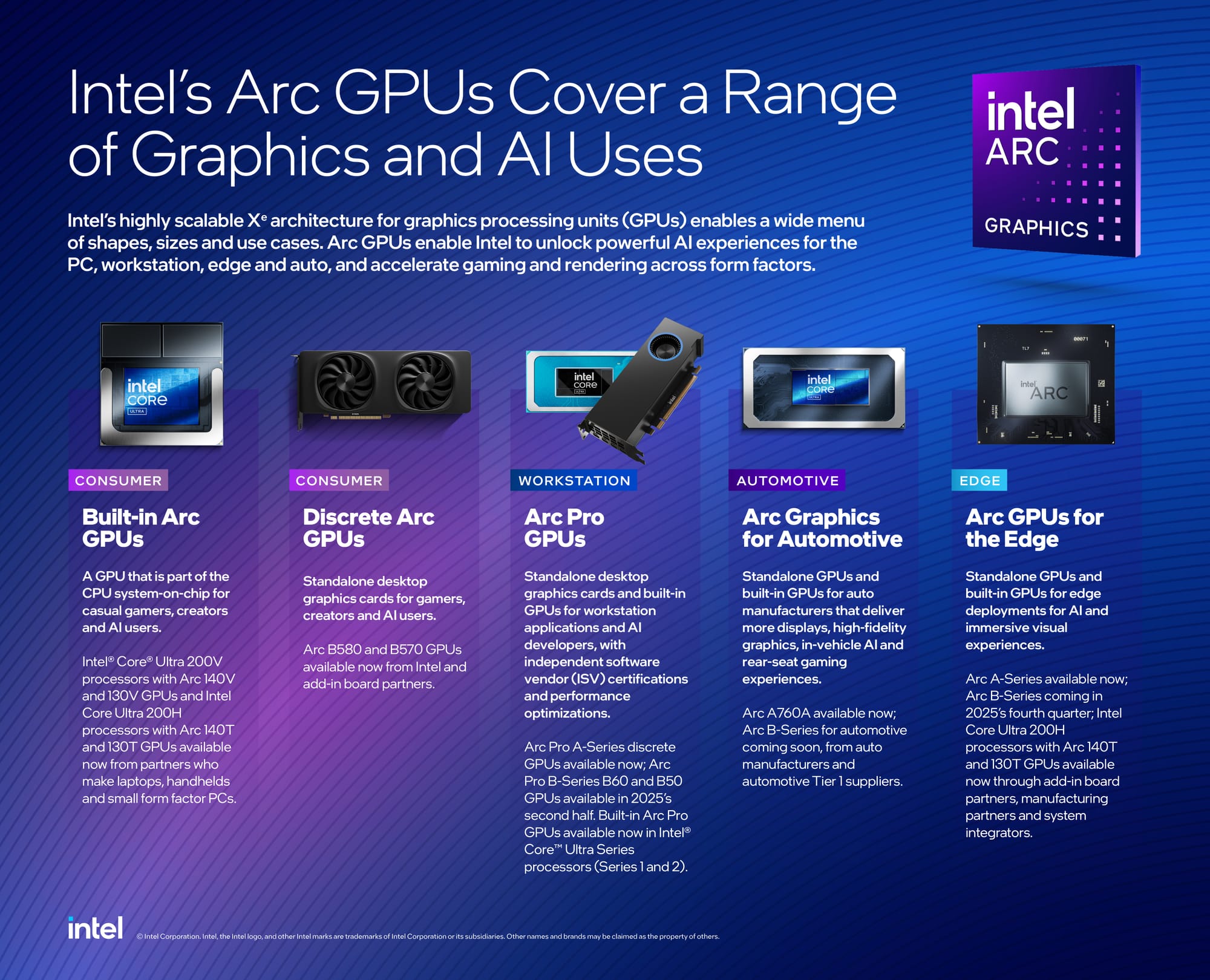Can Intel’s New GPUs and AI Accelerators Redefine the Future of Workstations?

Intel’s Computex 2025 Blitz: Powering AI Workflows or Playing Catch-Up?
At Computex 2025, Intel made waves with a bold GPU and AI accelerator rollout aimed at professionals and developers. But in a market dominated by NVIDIA and AMD, can these new chips truly shift the balance? Let’s unpack the announcements and what they mean for the future-proofing of workstations and AI infrastructure. Let’s dive in.
🚀 The AI Revolution’s Hardware Hunger
As AI models grow larger and workflows more complex, professionals face three critical challenges:
- Memory Bottlenecks: Running models like Llama 4 Scout requires GPUs with 24GB+ VRAM – a threshold many existing workstation GPUs struggle to meet.
- Scalability Gaps: Small businesses often lack access to rack-scale AI systems, while enterprises need flexible deployment options.
- Software Fragmentation: ISV certifications and Linux compatibility remain pain points for cross-platform workflows.
Intel’s answer? The Arc Pro B-Series GPUs and Gaudi 3 accelerators – but do they deliver?

✅ Intel’s Power Play: Xe2 GPUs Meet Modular AI
Intel’s Computex announcements target these pain points head-on:
- Arc Pro B60/B50 GPUs ✅
– Xe2 architecture with 24GB/16GB VRAM for heavy AI inference
– Multi-GPU support via Project Battlematrix (8 GPUs, 192GB total VRAM)
– Linux containerized stack simplifies AI deployment - Gaudi 3 Accelerators ✅
– PCIe cards for small-biz flexibility (Llama 3.1 8B to Llama 4 Scout)
– Rack-scale systems with 64 accelerators/8.2TB memory
– Liquid cooling cuts TCO by up to 30% (industry estimates) - AI Assistant Builder ✅
– Open-source framework now on GitHub
– Powers local AI agents on Acer/ASUS devices showcased at Computex

⚠️ The Roadblocks: Can Intel Win Over Devs?
Despite the specs, challenges loom:
- NVIDIA’s CUDA Monopoly 🚧
Developers remain wedded to CUDA – Intel’s XMX ecosystem needs time to mature. - Deployment Timelines ⏳
B50 GPUs won’t ship until July 2025; Gaudi 3 PCIe cards arrive H2 2025. - Software Optimization 🛠️
“Progressive upgrades” for Linux support risk frustrating early adopters.
💡 Final Thoughts: A Turning Point for x86?
Intel’s 40th anniversary in Taiwan isn’t just nostalgia – it’s strategic. By leveraging partnerships with ASRock, Gunnir, and others, they’re making three bets:
- 📈 Workstation Democratization: Bringing enterprise-grade VRAM to SMBs
- 🤝 Open Ecosystems: Avoiding vendor lock-in with OCP-compatible designs
- ❄ AI Ubiquity: From GitHub’s AI Assistant Builder to rack-scale Gaudi
But success hinge on one question: Can Intel convert its x86 server dominance into GPU/AI credibility? With NVIDIA’s Blackwell and AMD’s MI350X looming, 2025’s second half will be telling.
Do you think Intel’s new GPUs can disrupt the AI workstation market, or is this too little too late? Sound off below!
Let us know on X (Former Twitter)
Sources: Intel Corporation. Computex: Intel Unveils New GPUs for AI and Workstations, May 19, 2025. https://newsroom.intel.com/client-computing/computex-intel-unveils-new-gpus-ai-workstations










